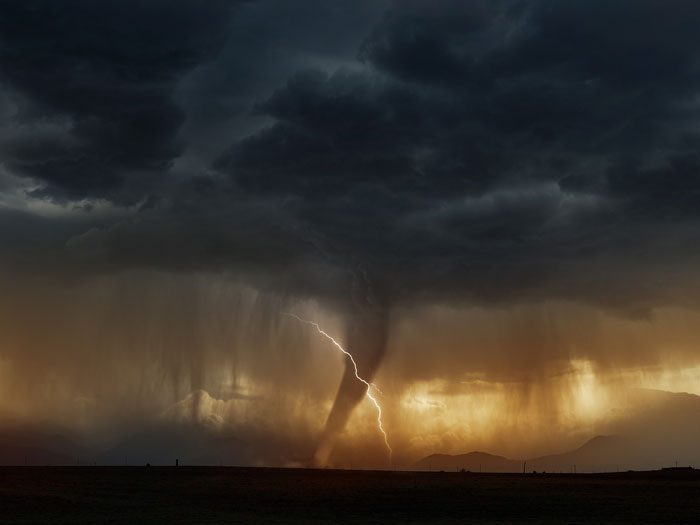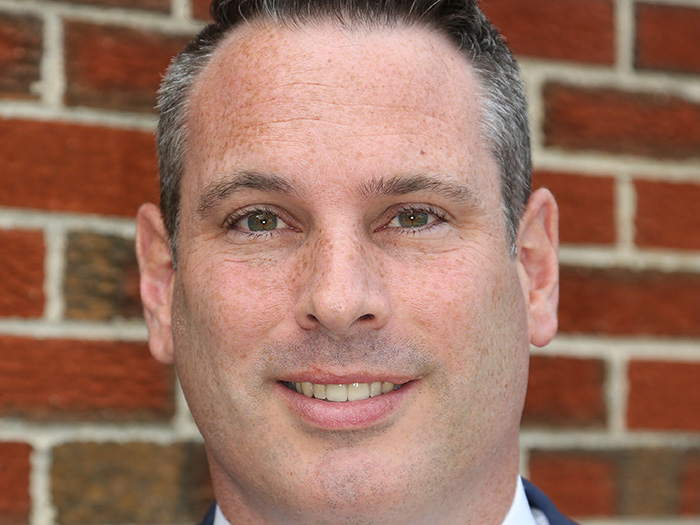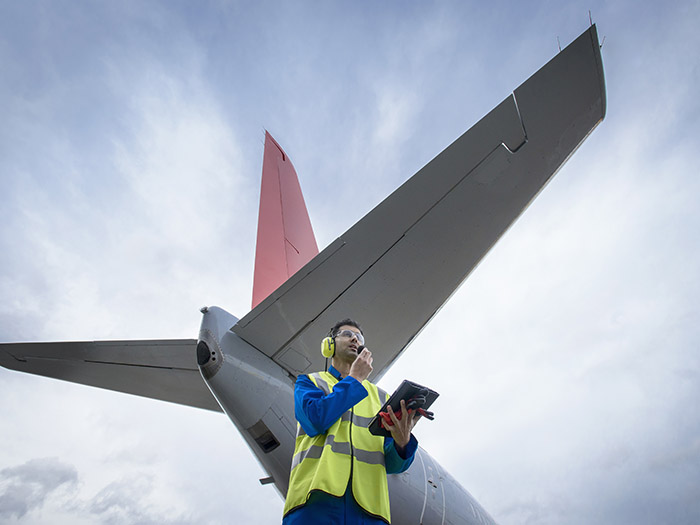6 Ways AI Is Transforming Severe Weather Risk

Artificial intelligence has become a key weapon in responding to extreme weather events like hurricanes, flooding, drought and wildfires. The New York Times took a deep dive into the various risk management and damage assessment uses of the technology.
1) AI for Plant Life
Hurricanes destroy certain tree species and plant life while others become more dominant.
But assessing those changes across acres of land is an extremely difficult task. Experts have turned to machine learning and AI to analyze data and aerial imagery to study the changes.
In Puerto Rico, post-Hurricane Maria, the Sierra palm tree became more dominant and spread over 28,000 acres of El Yunque National Forest: “There are numerous consequences of the rise of this particular palm, including how much carbon is stored (and then emitted) and how water and wildlife are affected,” the Times reported.
2) AI for Electric Grids
AI can also help manage long-lasting power outages after disasters.
The Times highlighted the Grid Resilience & Intelligence Platform project which aims to “apply machine learning to the power grid by using large amounts of satellite imagery, weather data, smart meter data and other information about utility operations to find and fix problems, such as trees growing over power lines, that could cause trouble in storms.”
The article explains that in the wake of a winter storm “a smart grid could prioritize different electrical loads into islands and isolate faults, ensuring, say, that a nursing home or hospital receives top priority.”
3) AI for Agriculture
After lags in the production of wheat, canola and sugar cane in Australia, scientists turned to AI to synthesize incredible amounts of data to determine the best ways to genetically modify crops.
“Using data such as the genetic history of Australian wheat varieties, artificial intelligence can decipher the relationships between genes, growing conditions and crop performance. It can then rapidly combine thousands of genes into different varieties. For example, there is a 12-year lag between the discovery of new genes and traits and their use. The hope is to reduce that to two or three years,” according to the Times.
4) AI for Insurance
Artificial intelligence will have major effects on insurance as well.
Expect it to change the way we process claims, assess damage and underwrite risks very soon, Risk & Insurance® reported recently.
Imagine thousands of pages of medical bills analyzed in seconds, shipping companies automatically charged more for workers’ comp due to sailing in dangerous waters, and government data shared to assess property risks.
5) One AI Startup Making Waves
The hot new tech startup in the space is One Concern, which uses AI to coordinate relief efforts where they’re needed most, Fast Company reported.
One Concern “is launching a machine learning platform that provides cities with specialized maps to help emergency crews decide where to focus their efforts in a flood. The maps update in real-time based on data about where water is flowing to estimate where people need help the most.”
6) The Pentagon Jumps In
Meanwhile the Pentagon is using AI to fight wildfires.
The Wall Street Journal reports: “The wildfire project uses algorithms to assess still and video imagery — some of it sourced from National Guard drones — to help predict the paths of wildfires and improve efforts to tackle them.
“California this year suffered the deadliest wildfire in its history. A second project uses data from sensors on Sikorsky H-60 helicopters used by special-operations forces to predict when the vehicles might need maintenance.
“Future initiatives will include cyberspace-related problems and tackling labor-intensive back-office functions as part of broader efforts to improve efficiency at the Defense Department, the Pentagon said.” &










